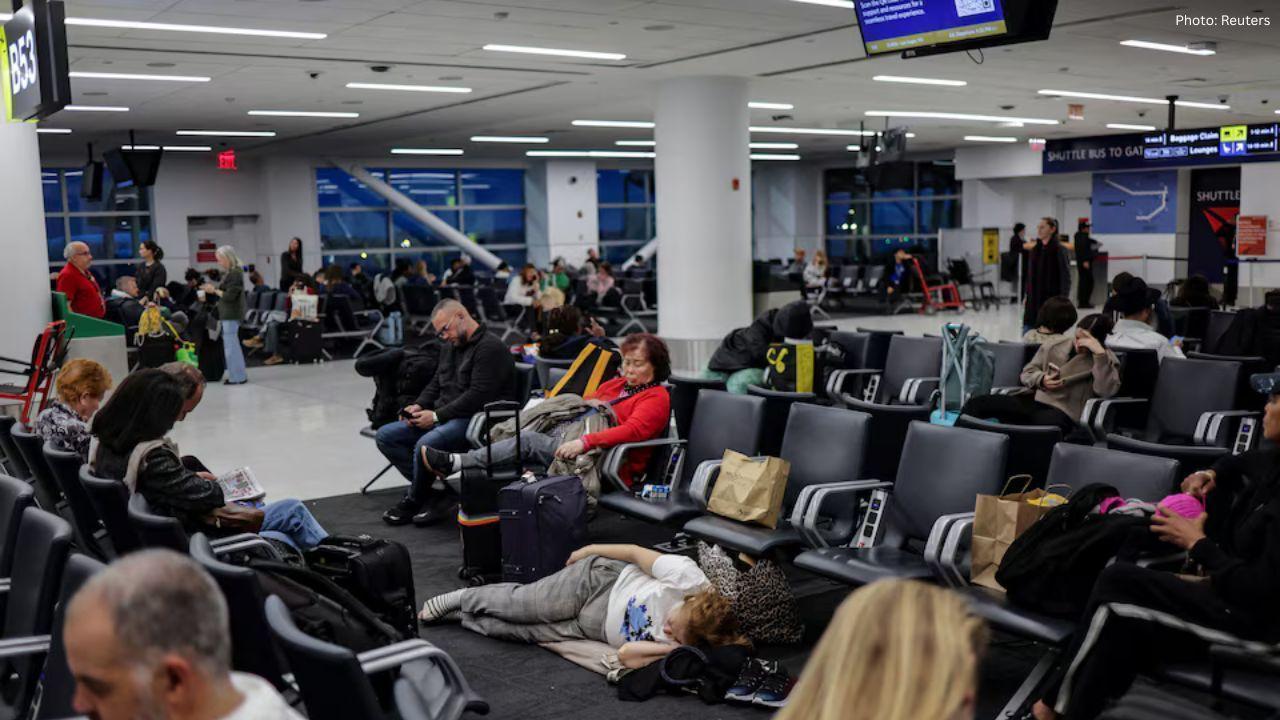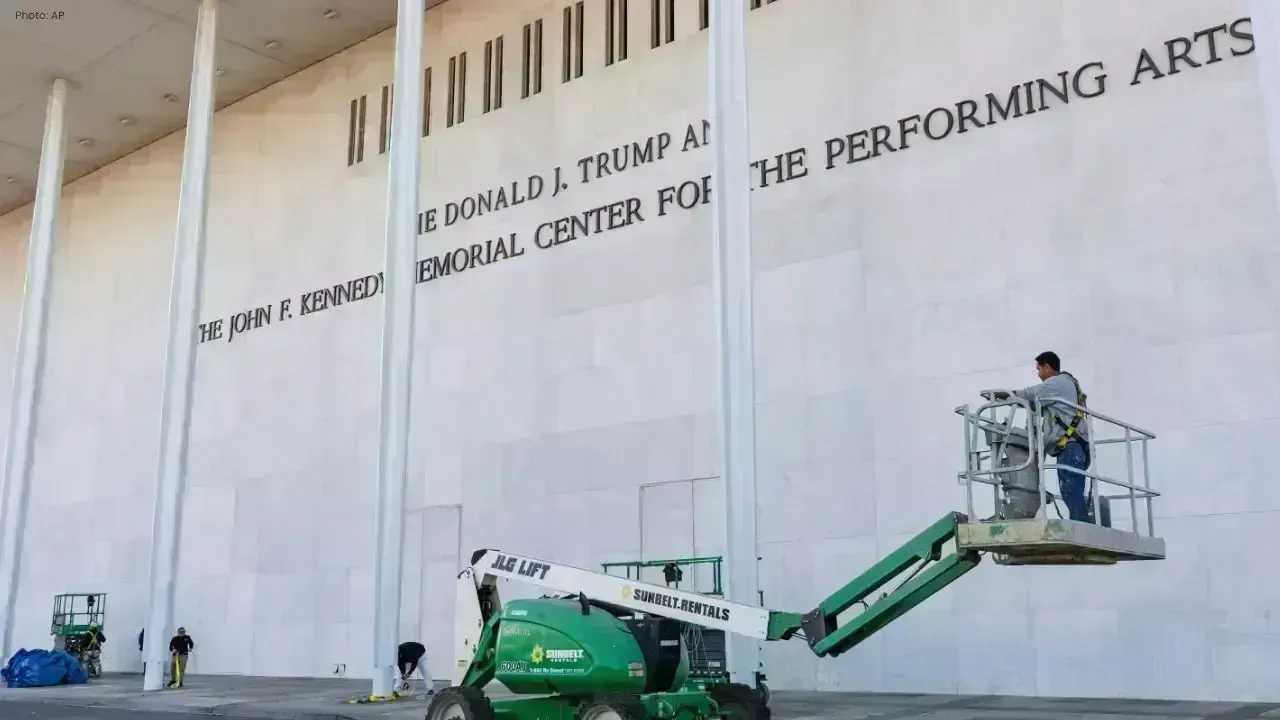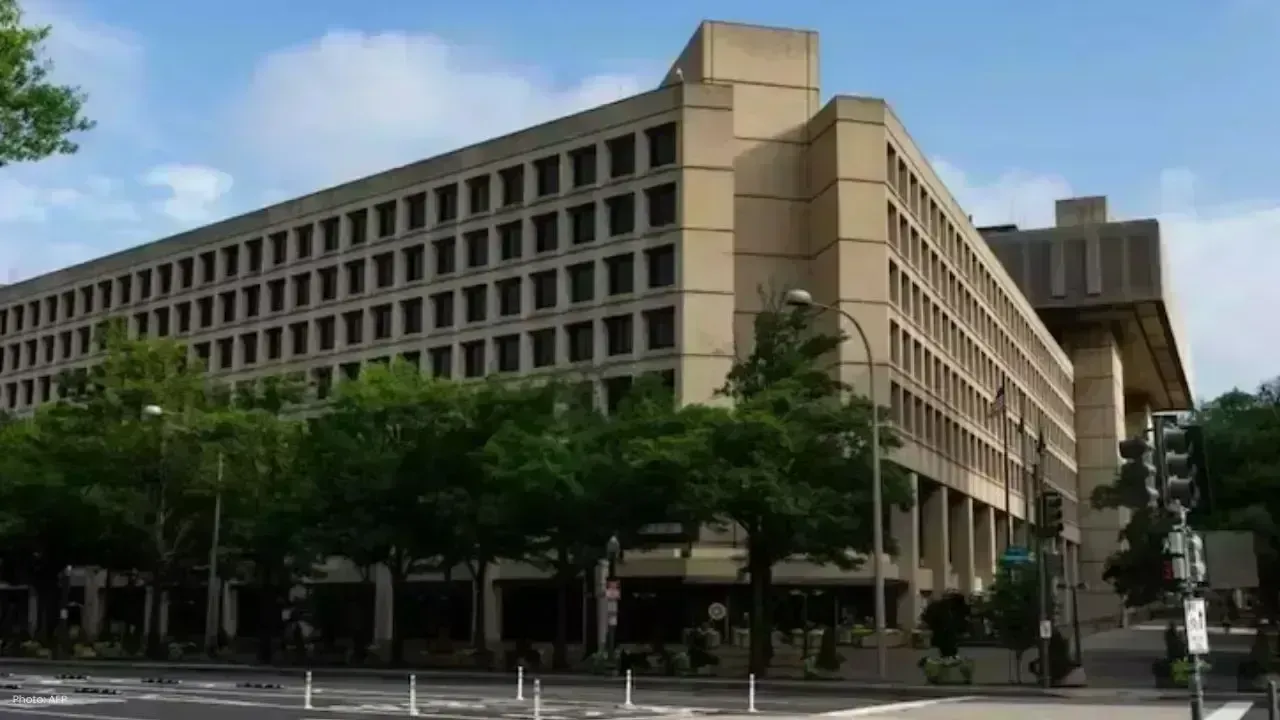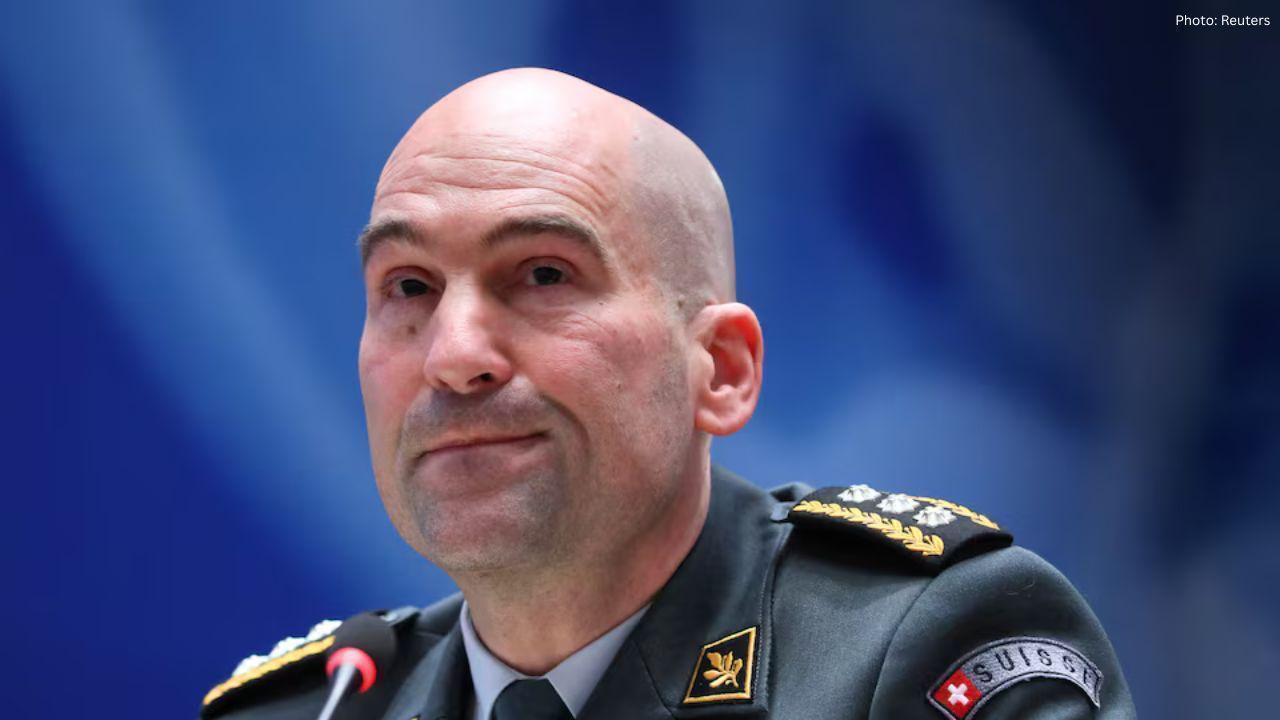You have not yet added any article to your bookmarks!

Join 10k+ people to get notified about new posts, news and tips.
Do not worry we don't spam!

Post by : Anis Farhan
In cities across Southeast Asia, the skyline is rapidly changing. Concrete towers rise where forests once stood, malls replace marketplaces, and highways cut through centuries-old communities. But amidst this expansion, something subtler — and perhaps more spiritually significant — is disappearing: sacred spaces. As urbanization accelerates, temples, mosques, churches, and shrines are increasingly under threat, squeezed out by zoning plans, commercial interests, and the relentless demand for land.
This tension isn’t just about real estate. It’s about identity, continuity, and the spiritual heartbeat of communities. In a region known for its rich religious diversity — from the Buddhist wats of Thailand to the ancient Hindu temples of Bali and the wooden mosques of Malaysia — the preservation of sacred spaces is becoming a test of how societies balance progress with cultural and spiritual legacy.
The push for urban development has made religious spaces some of the most contested zones in city planning. In Jakarta, several historic mosques have faced relocation due to new transport lines and flood mitigation projects. In Bangkok, centuries-old Buddhist temples now share walls with high-rise condominiums. In Singapore, churches and Hindu temples compete with housing needs in a city-state where every square meter counts.
Often, these religious sites are situated on prime land — central, accessible, and historically significant. Their presence predates modern zoning laws, and yet, they are frequently asked to adapt or move under the logic of urban efficiency. Some are offered alternative plots in less desirable areas, while others simply vanish — absorbed by the tide of development or diminished in function due to noise, crowding, and reduced space.
These shifts deeply affect communities. Places of worship are more than buildings; they are social anchors. They host festivals, mediate disputes, conduct rites of passage, and provide refuge. When displaced or downsized, entire communities feel spiritually and culturally unmoored.
Governments and city planners often argue that compromises are necessary — that development and heritage can coexist through careful planning. While this is theoretically sound, in practice the compromises are rarely equal.
In Kuala Lumpur, for example, the Sri Maha Mariamman Temple — one of the oldest Hindu temples in the city — was at the center of a highly publicized land dispute in recent years. While it was eventually preserved after public outcry, many smaller or less politically visible temples don’t receive the same protection.
In other cases, “relocation” becomes a euphemism for erasure. Rebuilding a temple in a new neighborhood does not replicate its sanctity, history, or emotional resonance. Sacredness is often tied to place — to the land, the stories, the ancestors, and the rituals that unfolded there over generations. It cannot simply be transported in bricks and mortar.
Despite the pressures, faith communities are not standing still. Many are innovating to adapt to urban realities. In Singapore, some temples and churches have gone vertical — building upwards rather than outwards. Rooftop prayer halls, multi-level sanctuaries, and digital altars are becoming more common. Buddhist meditation centers are popping up in office towers. Muslim prayer rooms are being integrated into shopping malls and airports.
In Jakarta and Bangkok, new zoning policies now attempt to include religious structures in master plans — albeit still inconsistently. Some governments have launched heritage preservation grants for temples, shrines, and cemeteries deemed “culturally significant.” And yet, religious groups often lack the bureaucratic muscle or financial capital to defend their spaces from more powerful developers.
Technology, too, is helping faith survive the urban crunch. Live-streamed sermons, virtual prayer groups, and mobile apps for rituals have enabled believers to stay connected even when their physical spaces shrink. However, digital faith cannot entirely replace embodied, communal worship — especially for rituals requiring physical presence, offerings, or sacred architecture.
A deeper issue underlies the conflict between development and devotion: whose vision of the city takes precedence? Sacredness is often subjective — what one group sees as a holy site, another may view as underutilized land. This conflict plays out in zoning boards, courtroom battles, and political rhetoric.
Minority religious communities face even greater challenges. In multi-religious societies like Malaysia, Indonesia, and Thailand, state support is often uneven, favoring majority faiths in land allocation, preservation, and funding. Christian churches and indigenous spiritual centers, for instance, often lack the same legal protections afforded to mosques or Buddhist temples.
This uneven playing field reinforces social inequality and risks marginalizing vulnerable communities under the guise of urban planning. Ensuring religious pluralism requires not only tolerance but proactive inclusion in urban policy frameworks.
Ultimately, the question is not whether cities will grow — they will — but whether that growth will include room for the sacred. Cities reflect the values of their builders. If planners, architects, and policymakers view religious spaces as burdens or afterthoughts, they will disappear. But if these spaces are seen as vital to civic life, they can coexist with progress.
Southeast Asia has a unique opportunity to model inclusive urbanization. Its cities, shaped by centuries of spiritual diversity, can show the world how to integrate tradition with innovation — how to preserve not just monuments, but meaning.
The sacred does not have to be static. It can evolve, adapt, and even inspire modern design. But it must be respected. If we allow our sacred spaces to vanish, we risk losing more than architecture — we risk forgetting who we are.
This article is intended for informational and editorial purposes only. It does not reflect the official position of any religious group, planning authority, or government. Readers are encouraged to consult local sources and faith-based organizations for specific context.










Akshaye Khanna exits Drishyam 3; Jaideep Ahlawat steps in fast
Producer confirms Jaideep Ahlawat replaces Akshaye Khanna in Drishyam 3 after actor’s sudden exit ov

Kapil Sharma’s Kis Kisko Pyaar Karoon 2 to Re-release in January 2026
After limited screens affected its run, Kapil Sharma’s comedy film Kis Kisko Pyaar Karoon 2 will ret

Hrithik Roshan and Saba Azad Celebrate Christmas at Family Party
Hrithik Roshan and Saba Azad celebrated Christmas at Sussanne Khan’s party, sharing happy moments wi

China Sanctions 20 US Defense Firms Over Taiwan Arms Sales Dispute
China imposes sanctions on 20 US defense companies and 10 executives for supplying arms to Taiwan, e

Salman Khan’s Grand 60th Birthday Bash at Panvel Farmhouse Shines Bright
Salman Khan celebrates his 60th birthday with a grand party at Panvel farmhouse, sharing joyful mome

Thailand Defence Minister Joins Talks to End Deadly Border Clash
Thailand’s defence chief will join talks with Cambodia as border clashes stretch into a third week,